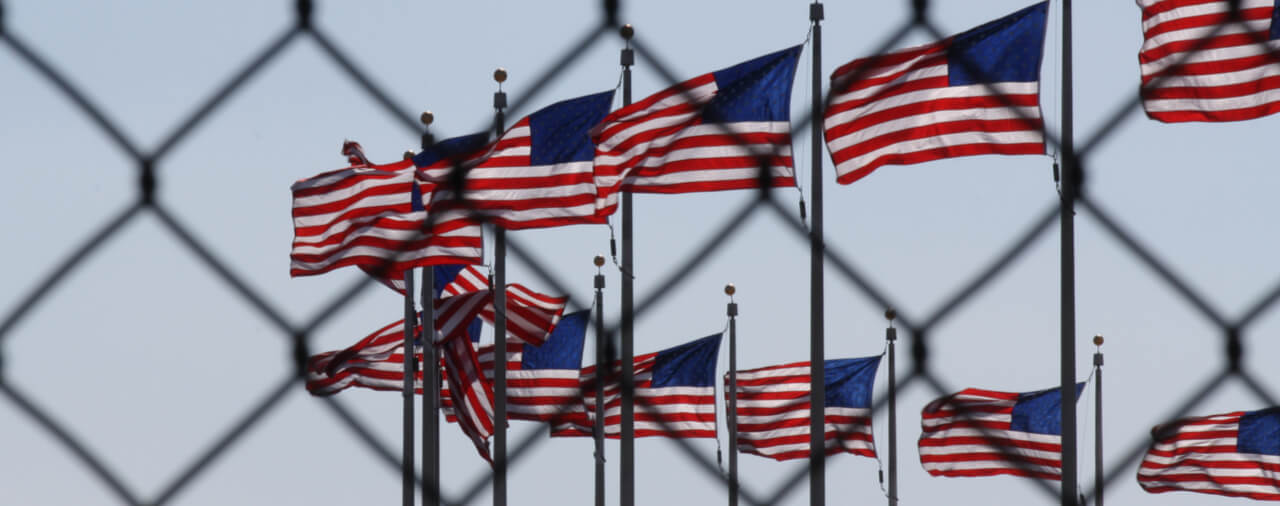Removal & Deportation Defense
One of the most difficult and highly complex areas of immigration law is Removal Proceedings, formerly known as Deportation Proceedings. Often an individual’s most important rights are at stake in these proceedings – their ability to live and work in the United States is at jeopardy. Their ability to come back to this country, or for that matter, even visit this country is often called into question, sometime for long periods of time, often for the duration of these individuals’ lives.

Hiring an experienced and knowledgeable immigration lawyer can make all the difference in the world. At The Law Offices of Grinberg & Segal, PLLC, it is our number one priority to protect our clients’ best interest by providing experienced, knowledgeable, and aggressive representation in removal or deportation proceedings, while making sure that no client of ours is unjustly deported or removed from the United States.